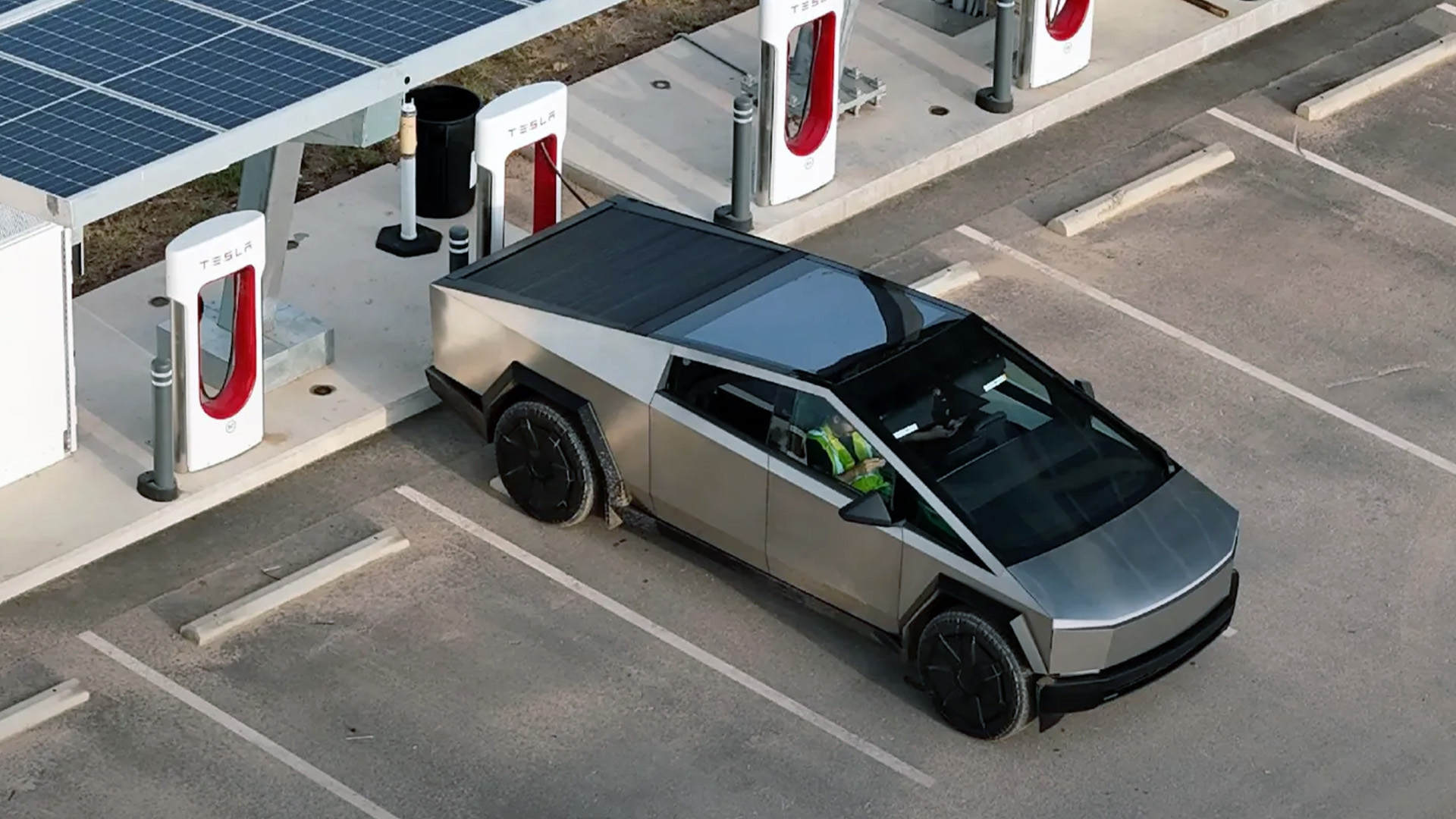After a five-year wait, the highly anticipated Tesla Cybertruck is finally rolling into dealerships, marking a significant moment in the automotive industry. Last week, Tesla made headlines by adding a provision to its sales documents, restricting buyers from selling their Cybertrucks for up to a year after purchase. But the sales provision has since be quietly removed.
Here comes the Cybertruck, but can it compete with GM and Ford?
When Tesla CEO Elon Musk first unveiled the prototype in 2019, he promised a mid-tier version with over 300 miles or 483km of range at a jaw-dropping price of $49,900. This aggressive pricing, only a few hundred dollars higher than the average cost of America’s top selling pick-up truck, the Ford F-150, turned heads and fuelled anticipation.
However, the automotive landscape has evolved since then, with Tesla grappling with cost and manufacturing challenges. Inflation has driven up the average price of new pickups by 28% (as quoted by Bloomberg) creating concerns among reservation holders about potential repricing that could place the Cybertruck out of reach for the average consumer.
As deliveries commence, the critical question is, how much does the Cybertruck actually cost? If Tesla aims to keep the dual-motor Cybertruck competitive with the F-150, its price may surge to around $60,000. This could become a defining moment, determining whether the Cybertruck is a utilitarian workhorse or a luxury statement for the affluent.

Balancing Range, Production, and Customization: Tesla’s Cybertruck Strategy Challenges
Tesla faces challenges not only in pricing but also in battery range, a crucial factor for truck owners. With competitors like General Motors debuting electric trucks with impressive ranges, Tesla needs to ensure the Cybertruck remains a compelling option.
The metric of vehicle cost per mile of range becomes pivotal, especially considering Tesla’s ambitious production target of 250,000 Cybertrucks per year, which if I’m being honest (and I am), is not likely due to supply chain conditions.
Originally promising three versions, Tesla now faces the reality of streamlining its manufacturing strategy, offering fewer customization options compared to traditional truck manufacturers. The one-size-fits-most approach, successful with Tesla’s other models, may prove challenging in the diverse truck market, where different customer profiles demand a range of options.
As the Cybertruck finally hits the streets, the coming months will reveal whether it can live up to the expectations set at its 2019 unveiling. With over a million reservations and a fervent fan base, the Cybertruck has the potential to reshape the electric truck market, but success hinges on Tesla’s ability to address pricing concerns, functionality, and market perception.
BTW as I write this article, you can still reserve a Tesla Cybertruck through the website for a mere $100.00, which is also fully refundable.

IMAGES: Tesla
Subscribe to our channel: @AutomotiveWoman





